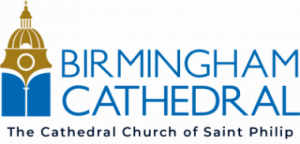Birmingham Cathedral is the third smallest cathedral in the UK, with an intriguing history.
In 1660 the population of Birmingham was around 6000 people, which rose to around 15,000 by the 1700s. This rapid growth of the town meant the existing parish church of St Martins was no longer adequate. Elizabeth Phillips gave the land on which a new parish church was built. Unusually, as a compliment to the family, the church was named St Philips.
The parish church of St Philip’s was consecrated on 4 October 1715. The building is a rare and fine example of elegant English Baroque architecture and includes a dome, volutes (scrolls), giant pilasters, oval windows, rusticated stonework and a balustrade with decorative urns.
In 1725, donations from the King enabled the construction of a tower, which incorporated a gilded cross, weather vane and orb. The weather vane includes a boar’s head, which is part of the Gough family crest. Richard Gough was the man responsible for securing the money needed for the tower’s completion.
Birmingham-born pre-Raphaelite artist Sir Edward Burne-Jones designed four stained-glass windows for St Philip’s, depicting scenes from the life of Christ. Our Divine Beauty Project pages provide more information on the windows, their creator and their restoration.
Our organ by Schwarbrick was originally positioned in a West end gallery. It is larger and more modern than when it was first installed. The most recent major changes were made by Nicholsons in 1993. For more information see the National Pipe Organ Register
Originally there were three galleries, rows of double sided pews and a triple decker pulpit. The third gallery was located across the west end of the nave, along with the organ, and was originally used by the choir. The original altar rail is no longer used as such, but can still be seen in the cathedral today.
The church that became a cathedral
The new Diocese of Birmingham was created in 1905, with Charles Gore as the first Bishop of Birmingham,. Gore decided to use an existing church as seat of the Bishop, and update St Philip’s with canon’s stalls and electric lighting to enable its use as a the new cathedral.
Removal of the four stained-glass windows in 1939 kept them safe in a Welsh slate mine during the Second World War, courtesy of the Civic Society. The foresight was remarkable as the cathedral suffered considerable damage caused by an incendiary bomb dropped in October 1940. By 1948 the building had been restored and rededicated.
The altar was re-ordered in the 1980’s, along with the installation of an underground meeting room and song school in the crypt. The churchyard was renovated in 2000, included new railings and paving. In 2014/15 stone repairs, new lighting and interior paintwork was completed.
Changes to Cathedral Square
There are thought to be around 60,000 burials in the Cathedral churchyard. However, only a few people could afford the luxury of a headstone when burials were commonplace in the churchyard. Today, only around 100 monuments can still be seen.
The churchyard closed to further burials in 1858, due to very poor conditions and a potential threat to public health. There are about 100 monuments visible today, and headstones are only very occasionally added to mark a person or event of significance. Most notably, a memorial to the 21 people who died in the 1974 Birmingham pub bombings was erected in 1995.
The graves reveal the variety of professions that would be expected in a rapidly expanding town of the 18th and 19th centuries including surgeons, lawyers and craftsmen but also, reflecting the particular trades of this city, gun makers, and artists.
To find out about more of the incredible heritage that Birmingham has to offer visit Birmingham Heritage Forum.
We are currently undertaking a project to write a new guide book for the cathedral and will be looking to develop more content about our history for this section of our website over the coming months.









